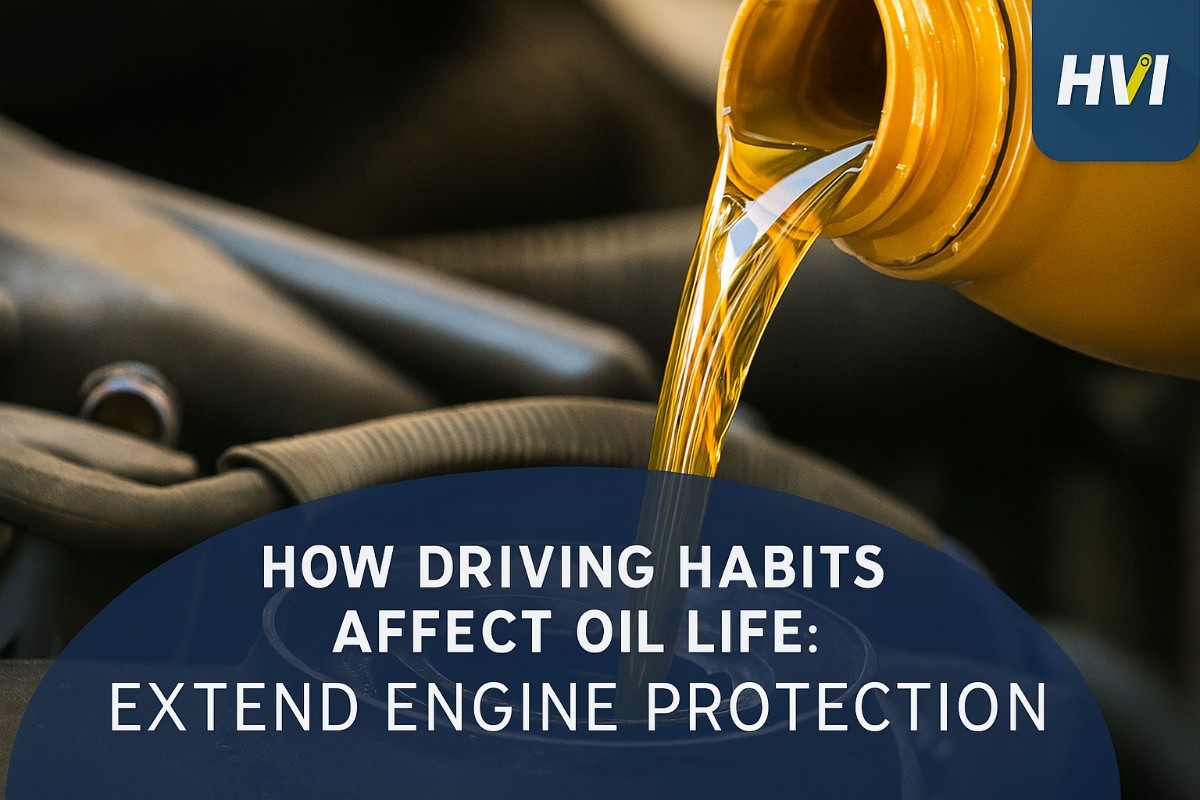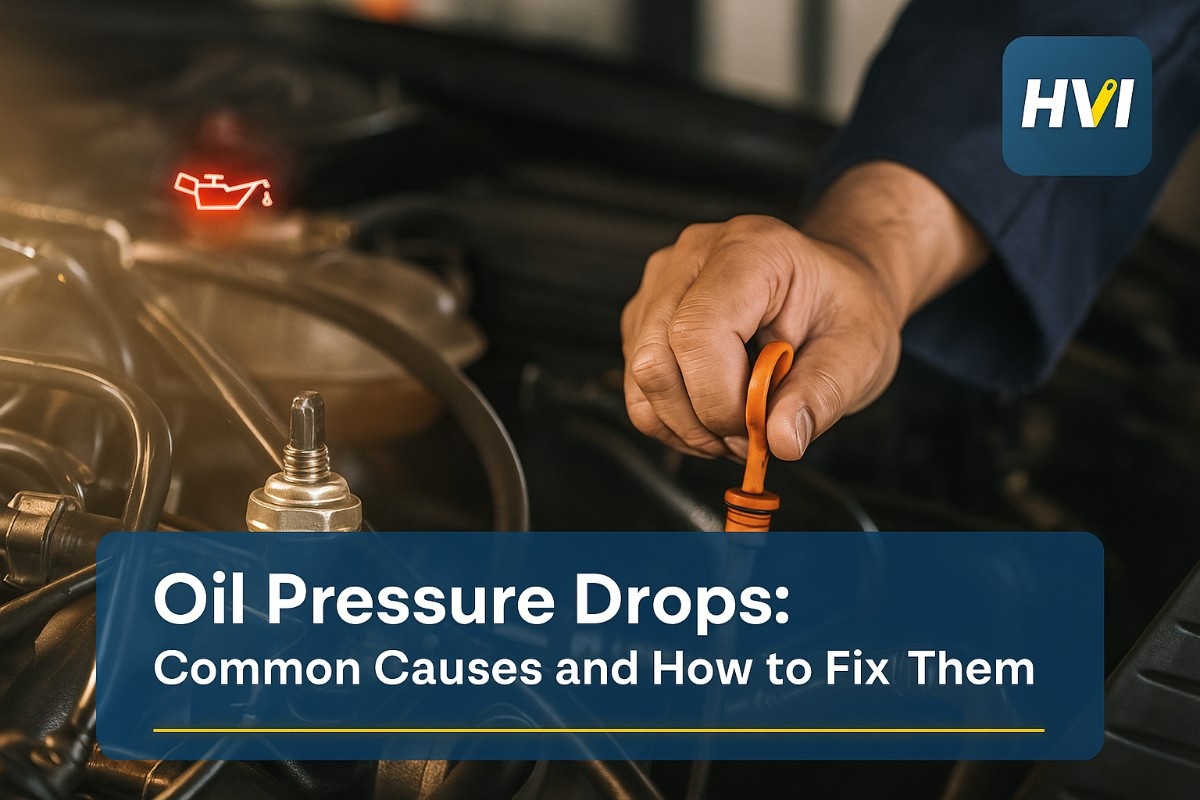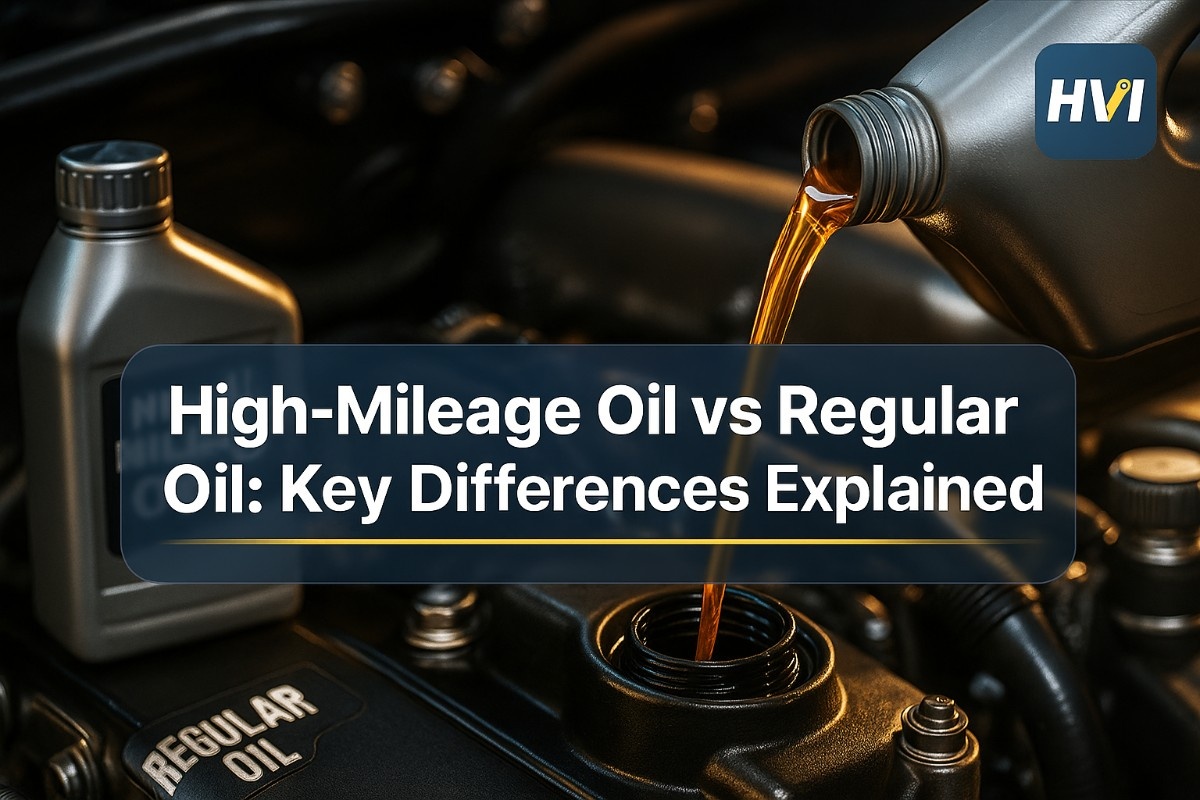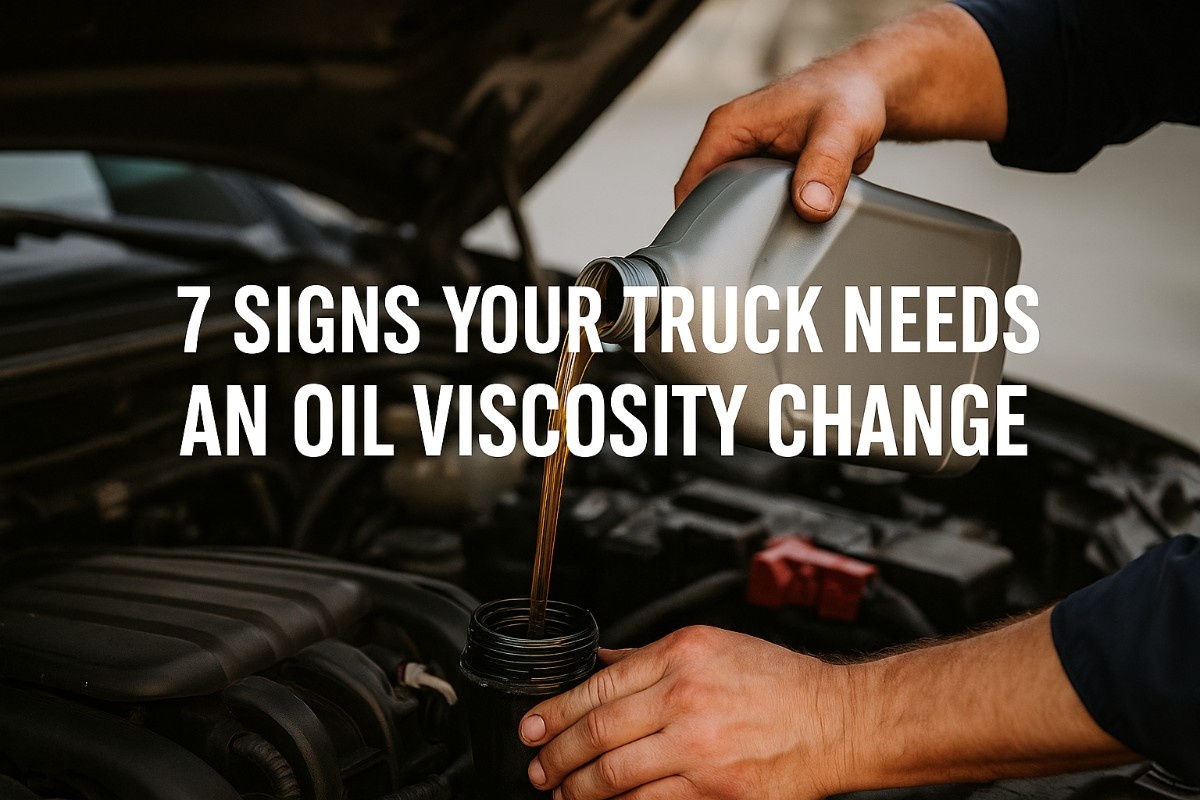Construction equipment sensors revolutionize fleet maintenance accuracy, with modern monitoring systems reducing diagnostic errors by 85% and preventing equipment failures that cost US contractors an average of $95,000 per incident. With over 650,000 heavy machines operating across American construction sites, traditional maintenance approaches miss 70% of developing problems, leading to catastrophic breakdowns, emergency repairs, and project delays that devastate operational budgets and competitive positioning.
This comprehensive sensor technology guide reveals the five essential construction equipment sensors that achieve 92% maintenance accuracy, reduce unplanned downtime by 75%, and generate annual savings of $75,000 per machine through predictive failure detection. More importantly, these sensors transform reactive maintenance cultures into precision-driven operations that ensure project continuity, OSHA compliance, and maximum equipment value retention.
Sensor Technology Performance Impact
Ready to Transform Your Maintenance Accuracy?
Discover proven sensor technologies that unlock precision maintenance and eliminate costly equipment failures.
The Top 5 Essential Construction Equipment Sensors
Modern construction equipment sensors provide unprecedented visibility into machine health, operational performance, and developing problems that traditional inspection methods cannot detect. These five sensor categories address the critical failure modes responsible for 90% of equipment breakdowns: hydraulic degradation, engine performance decline, structural fatigue, electrical system anomalies, and thermal management failures that cost $45,000-125,000 per incident when undetected.
Vibration Analysis Sensors: The Foundation of Predictive Maintenance
Vibration analysis sensors represent the most proven and effective construction equipment sensor technology, with 30+ years of industrial application and documented success in preventing mechanical failures. These sensors detect minute changes in vibration patterns that indicate bearing wear, misalignment, looseness, and imbalance weeks before visible symptoms appear, enabling planned maintenance interventions that prevent catastrophic breakdowns.
Modern accelerometers achieve sampling rates up to 20kHz with sensitivity levels detecting changes as small as 0.1mm/s, providing early warning capabilities that exceed human detection by 1000x. Advanced algorithms analyze vibration signatures against baseline patterns, identifying specific fault types and severity levels with 95% accuracy.
- ✓ Engine bearing failure detection 4-8 weeks before breakdown with $45,000-85,000 repair cost prevention
- ✓ Transmission gear wear monitoring preventing 90% of drivetrain failures averaging $35,000-65,000 in costs
- ✓ Hydraulic pump condition assessment with 95% accuracy in predicting pump failures ($25,000-55,000 typical cost)
- ✓ Structural component monitoring identifying stress concentrations and fatigue development
- ✓ Automated fault diagnosis with machine learning classification of failure modes and severity
- ✓ Wireless data transmission enabling real-time monitoring without equipment modification
Hydraulic Pressure Monitoring: Critical System Protection
Hydraulic systems represent the most expensive and failure-prone components in modern construction equipment, with repair costs averaging $35,000-85,000 per major failure. Hydraulic pressure sensors provide continuous monitoring of system performance, detecting leaks, blockages, pump deterioration, and contamination problems that cause 65% of equipment downtime and emergency repairs.
Advanced pressure sensors monitor multiple system points including main hydraulic lines, individual cylinder circuits, and auxiliary systems, providing comprehensive coverage that identifies problems before they cascade into major failures. Real-time pressure analysis reveals efficiency degradation, contamination effects, and component wear patterns that enable optimal maintenance timing.
- ✓ Main pump performance monitoring with efficiency tracking and wear prediction ($55,000-85,000 replacement cost prevention)
- ✓ Cylinder leak detection preventing fluid loss and environmental contamination ($15,000-35,000 repair costs)
- ✓ Filter blockage alerts optimizing maintenance intervals and preventing system damage
- ✓ Pressure spike detection protecting components from damage and extending system life by 40%
- ✓ Contamination monitoring through pressure pattern analysis identifying fluid quality degradation
- ✓ Performance benchmarking enabling operator training and efficiency optimization
Temperature Monitoring Systems: Thermal Protection Excellence
Temperature-related failures cause 45% of construction equipment breakdowns, with overheating incidents resulting in $25,000-95,000 in damage through engine seizure, transmission failure, and hydraulic breakdown. Multi-point temperature monitoring systems provide comprehensive thermal protection through real-time measurement and predictive analysis that prevents heat-related damage before it occurs.
Modern temperature sensors achieve ±1°C accuracy with response times under 5 seconds, enabling immediate intervention when critical thresholds are exceeded. Advanced systems monitor engine coolant, oil temperatures, transmission heat, hydraulic fluid temperatures, and ambient conditions to provide complete thermal management and protection.
- ✓ Engine overheating prevention saving $45,000-95,000 in engine replacement and rebuild costs
- ✓ Transmission thermal protection preventing 85% of heat-related transmission failures ($35,000-75,000 typical cost)
- ✓ Hydraulic oil temperature optimization extending fluid life by 60% and reducing contamination
- ✓ Cooling system efficiency monitoring identifying blockages and circulation problems early
- ✓ Environmental compensation adjusting operating parameters for ambient temperature conditions
- ✓ Predictive thermal modeling forecasting temperature trends and optimizing cooling strategies
Advanced Sensor Integration and Analytics Platform
Maximum sensor effectiveness requires integrated platforms that combine multiple sensor inputs, apply machine learning analytics, and provide actionable insights for maintenance teams. Modern sensor platforms achieve 95% accuracy in failure prediction by analyzing complex patterns across vibration, pressure, temperature, and fluid quality data streams simultaneously.
Cloud-based analytics platforms process millions of sensor data points daily, identifying subtle patterns and correlations that human analysis cannot detect. Advanced algorithms learn equipment-specific behaviors, seasonal variations, and operational patterns to provide increasingly accurate predictions and optimized maintenance recommendations.
- ✓ Multi-sensor data fusion combining vibration, pressure, temperature, and fluid analysis for comprehensive insights
- ✓ Machine learning algorithms achieving 95% accuracy in failure prediction through pattern recognition
- ✓ Real-time dashboard visualization providing instant equipment health status and trend analysis
- ✓ Automated work order generation triggering maintenance actions based on sensor thresholds
- ✓ Mobile notifications ensuring immediate response to critical conditions and equipment alerts
- ✓ Historical analysis identifying long-term trends and optimizing sensor thresholds for accuracy
Implementation Strategy and Cost Analysis
Successful sensor implementation requires strategic planning that balances technology investment with operational benefits. Total sensor system costs typically range from $8,000-25,000 per machine depending on coverage complexity and integration requirements. However, sensor ROI exceeds 6-12x investment through prevented failures, optimized maintenance, and extended equipment life.
Phased implementation enables cost-effective deployment while demonstrating immediate value through priority system monitoring. Early sensor deployments provide baseline data and operational experience that guides expansion decisions and optimization strategies for maximum effectiveness and return on investment.
- ✓ High-value equipment sensor installation focusing on main engines and hydraulic systems ($5,000-12,000 per machine)
- ✓ Vibration monitoring deployment on critical rotating components with wireless transmission
- ✓ Temperature sensor networks for engine, transmission, and hydraulic thermal protection
- ✓ Basic analytics platform setup with threshold configuration and alert systems
- ✓ Operator training programs and response protocol development
- ✓ Baseline data collection and performance metric establishment
- ✓ Fleet-wide sensor deployment with hydraulic pressure and fluid quality monitoring ($15,000-25,000 per machine)
- ✓ Advanced analytics integration with machine learning and predictive modeling capabilities
- ✓ Load and strain monitoring for structural integrity and usage optimization
- ✓ Integration with existing fleet management and CMMS systems
- ✓ Automated maintenance scheduling based on sensor data and condition trends
- ✓ Performance optimization and ROI measurement systems
Fluid Quality Sensors: Advanced Contamination Detection
Fluid contamination causes 80% of hydraulic system failures and 60% of engine problems, making fluid quality monitoring essential for equipment protection and maintenance optimization. Advanced fluid sensors analyze oil condition, water contamination, particle count, and additive depletion in real-time, enabling optimal fluid change intervals and preventing catastrophic failures.
Modern fluid sensors achieve laboratory-grade accuracy in field conditions, detecting contamination levels as low as 0.1% water content and particle sizes down to 4 microns. Real-time analysis eliminates guesswork from fluid maintenance while extending component life through optimal lubrication management and contamination prevention.
- ✓ Oil degradation detection extending fluid life by 50-75% and reducing replacement costs by $8,000-15,000 annually
- ✓ Water contamination alerts preventing 90% of corrosion-related failures ($25,000-65,000 typical damage)
- ✓ Particle count monitoring detecting filter bypass and contamination ingress early
- ✓ Additive depletion tracking optimizing fluid performance and equipment protection
- ✓ Viscosity monitoring ensuring proper lubrication under varying temperature conditions
- ✓ Contamination source identification enabling root cause analysis and prevention
Load and Strain Monitoring: Structural Intelligence
Structural failures represent the most dangerous and expensive equipment problems, with catastrophic failures causing $85,000-200,000 in damage plus significant safety risks and liability exposure. Load and strain sensors provide real-time monitoring of structural stress, fatigue accumulation, and overload conditions that enable proactive intervention before dangerous failures occur.
Advanced strain gauges and load cells monitor critical stress points including boom structures, chassis frames, and attachment points with precision measuring forces within ±0.1% accuracy. This data enables optimal usage patterns, prevents overloading, and extends structural life by 35-50% through intelligent load management.
- ✓ Overload protection preventing structural damage and ensuring operator safety ($125,000-200,000 failure prevention)
- ✓ Fatigue monitoring tracking stress cycles and predicting crack initiation 6-12 months early
- ✓ Dynamic load analysis optimizing operating techniques and reducing equipment stress
- ✓ Attachment monitoring ensuring proper connection security and load distribution
- ✓ Usage optimization through load pattern analysis and efficiency recommendations
- ✓ Compliance documentation for safety inspections and insurance requirements
Measuring Sensor System Success and ROI
Effective sensor implementation requires comprehensive performance measurement that demonstrates technology value and guides optimization decisions. Success metrics enable data-driven improvements while justifying continued investment in advanced monitoring technologies through quantifiable operational benefits and cost savings.
ROI measurement extends beyond simple cost avoidance to encompass productivity improvements, safety enhancements, and competitive advantages that position companies for long-term success in increasingly demanding construction markets.
- ✓ Failure prediction accuracy targeting 90-95% reliability in breakdown prevention
- ✓ Emergency repair reduction achieving 75-85% decrease through early intervention
- ✓ Maintenance cost optimization tracking $45,000-75,000 annual savings per machine
- ✓ Equipment availability improvement targeting 94%+ uptime through predictive maintenance
- ✓ Component life extension measuring 35-50% improvement through optimal maintenance timing
- ✓ Safety incident prevention eliminating equipment-related accidents and liability exposure
Future of Construction Equipment Sensors
Sensor technology continues evolving with artificial intelligence, edge computing, and advanced materials that promise even greater accuracy, reliability, and predictive capabilities. Next-generation sensors will provide autonomous maintenance scheduling, self-calibrating accuracy, and integrated failure prevention systems that further enhance equipment reliability and operational efficiency.
Investment in current sensor technology provides foundation for future advancements while delivering immediate operational benefits. Early adopters gain competitive advantages through improved reliability, reduced costs, and enhanced safety that position them for continued success as technology continues advancing.
Maximizing ROI Through Strategic Sensor Deployment
Construction equipment sensors represent a transformative investment in maintenance precision and operational excellence that delivers measurable returns through failure prevention, productivity enhancement, and competitive positioning. The financial benefits extend beyond immediate cost savings to encompass improved safety, enhanced equipment longevity, and market differentiation.
US contractors who embrace sensor technology achieve measurable improvements in maintenance accuracy, equipment reliability, and operational profitability. Conservative estimates suggest total ROI exceeding 600% within four years of implementation, with immediate benefits visible within the first operating quarter following deployment.
The construction industry's digital transformation demands proactive adoption of proven sensor technologies that provide competitive advantages while protecting valuable equipment investments. Fleet operators who implement comprehensive sensor systems today will be best positioned to capitalize on emerging opportunities while avoiding the costly consequences of reactive maintenance approaches.
Transform Your Maintenance Strategy with Advanced Sensors
Start implementing proven sensor technologies and join the ranks of America's most efficient fleet operators.
Book a Demo
.png)



